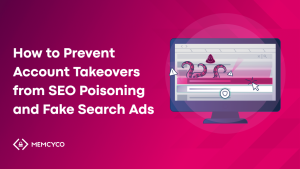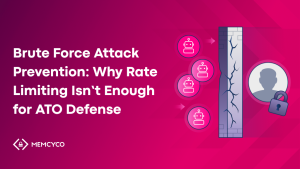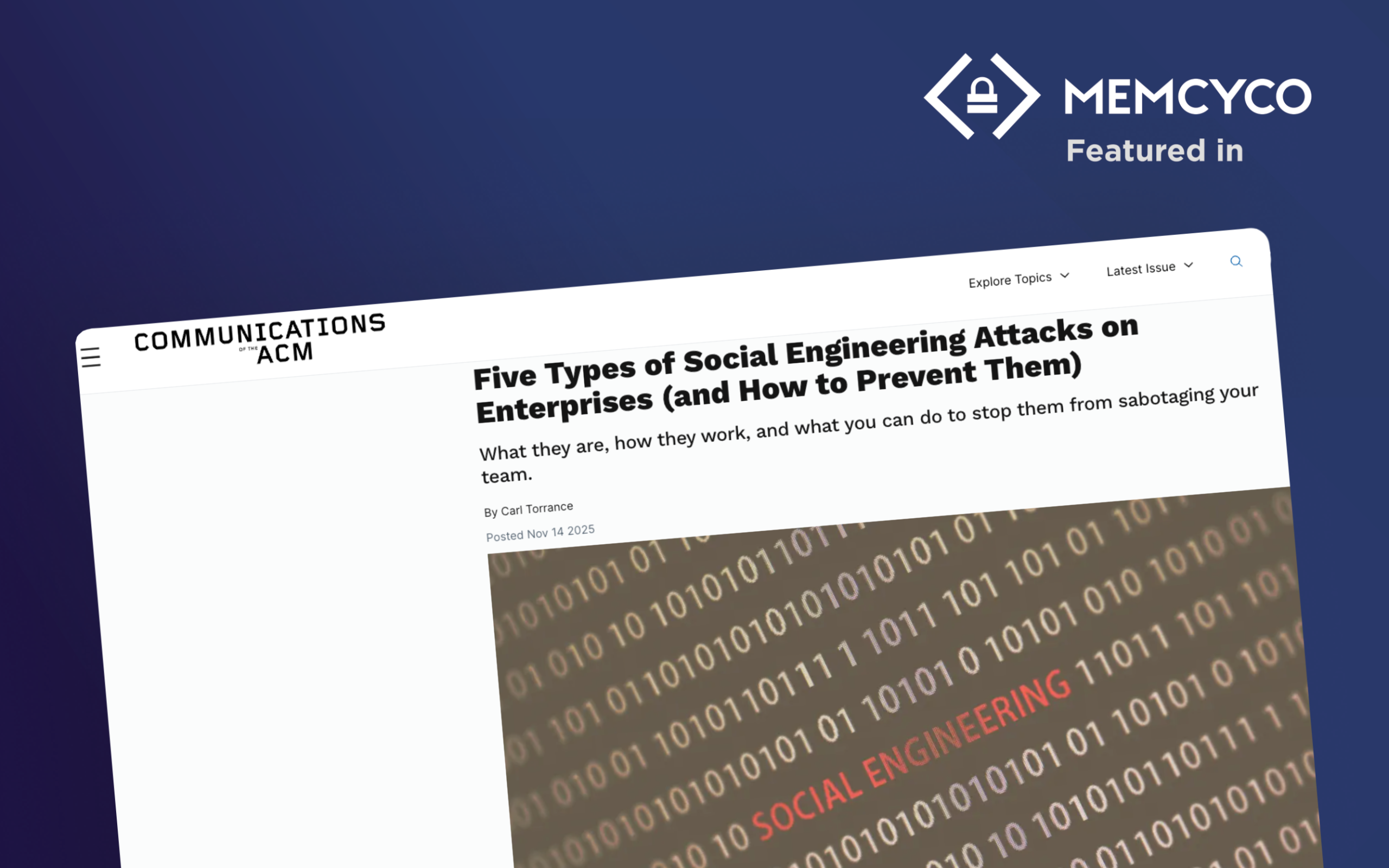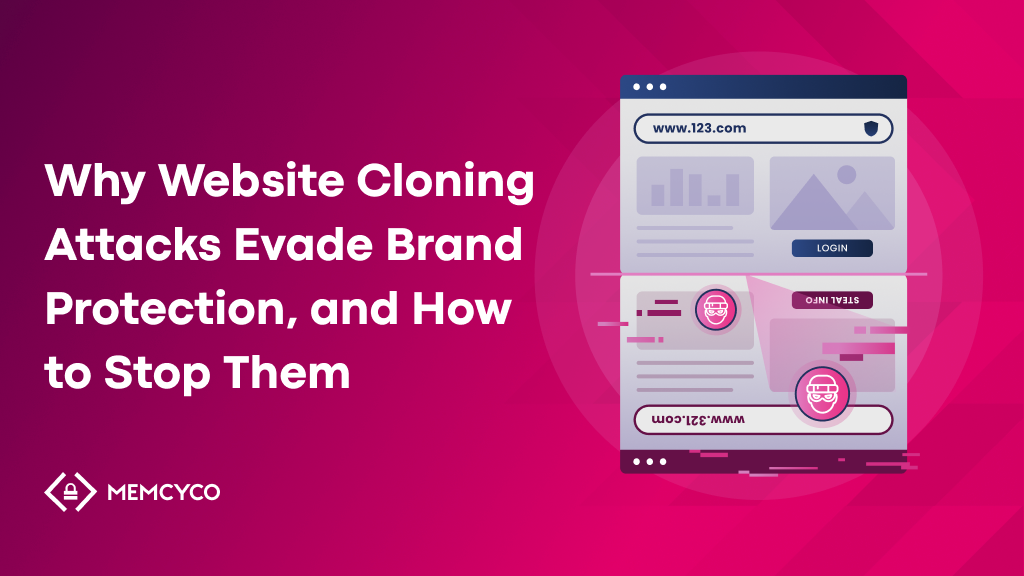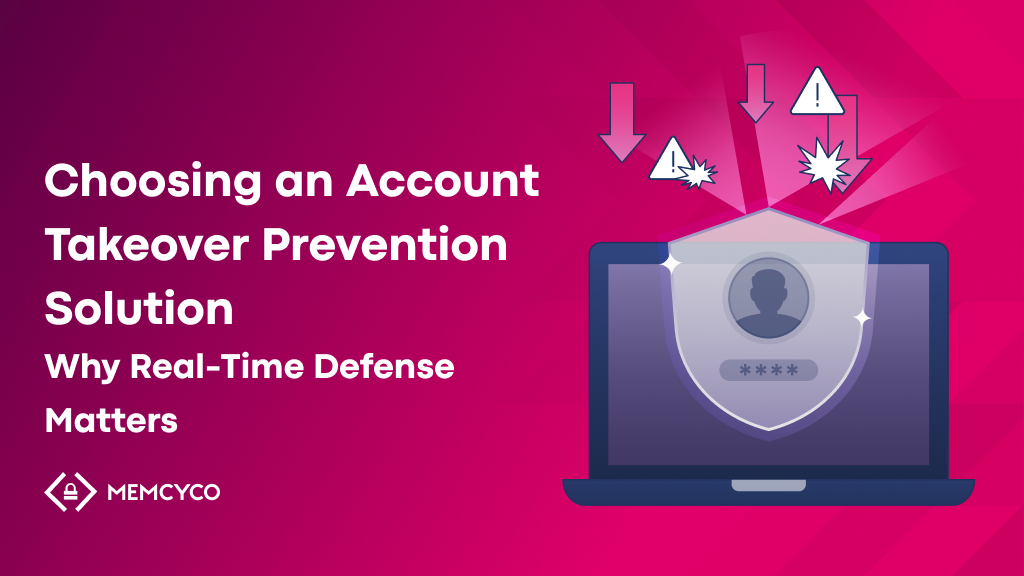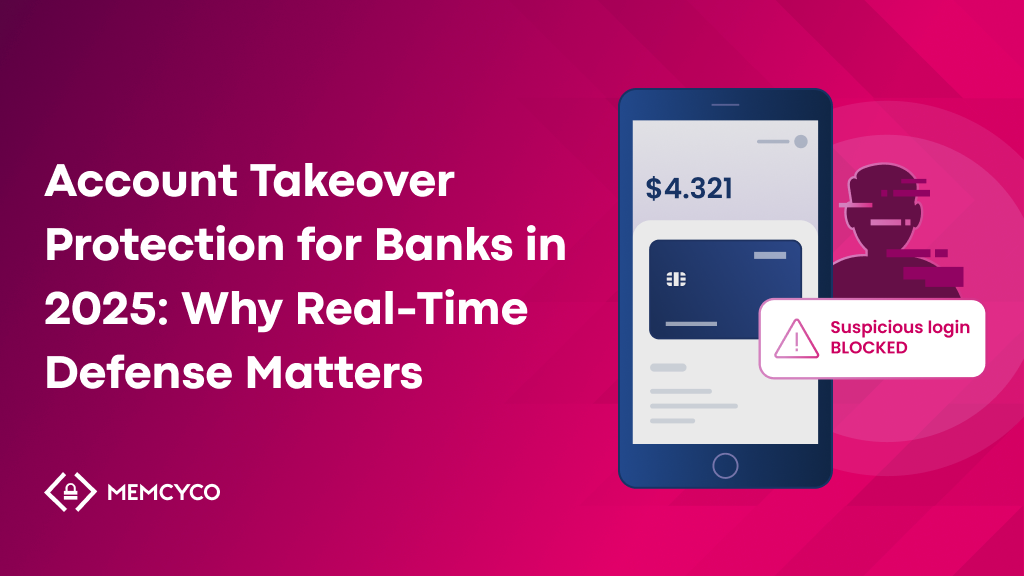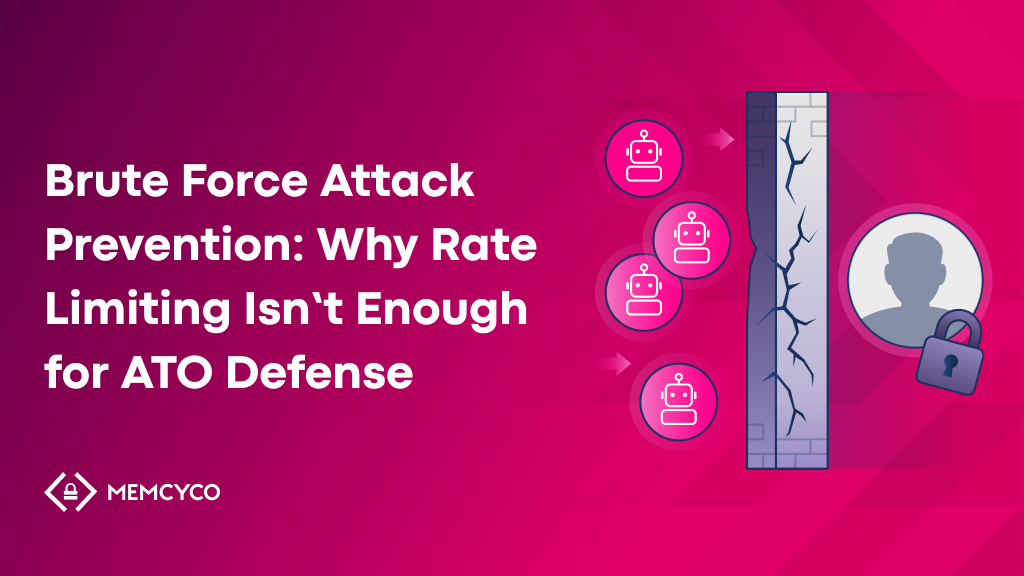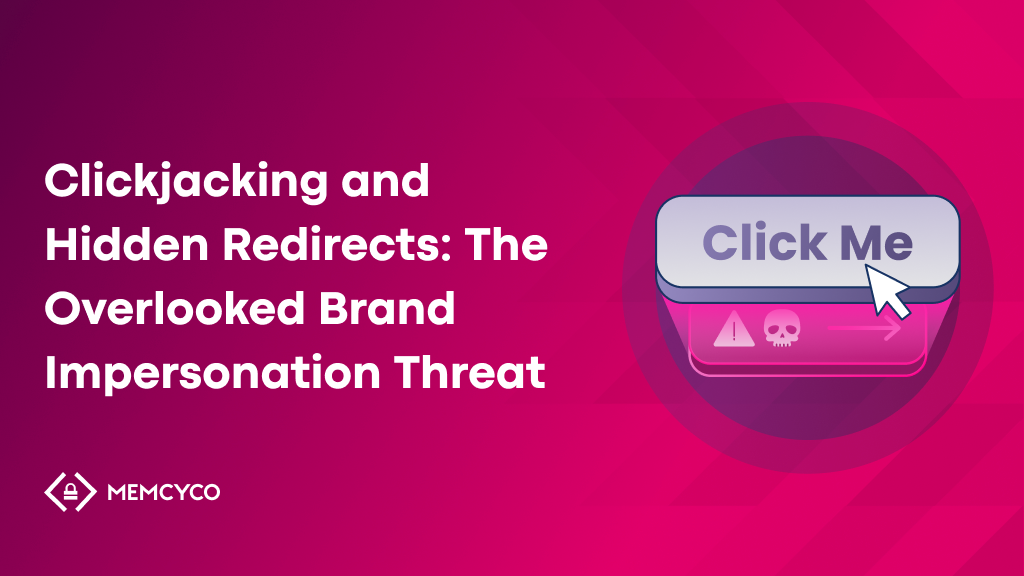How to Prevent Account Takeovers from SEO Poisoning and Fake Search Ads
SEO poisoning has become a major driver of phishing‑driven credential theft. Attackers manipulate search engine results and paid ads so users click on what appears to be a legitimate brand link, only to land on a fake website built to steal login credentials. Attackers combine domain abuse, cloaking, and keyword hijacking to move malicious pages to the top of search results.
Cloaking presents clean content to crawlers while showing fake pages to real users. Domain abuse often leverages expired or hijacked domains that already hold search authority, helping spoofed sites look credible at first glance. These poisoned results frequently appear above the genuine brand link and are often labeled as sponsored ads. Even experienced users fall into the trap because the URL structure, page layout, and branding closely match the real service.
A six‑month Vectra AI investigation found a 60 percent surge in SEO poisoning campaigns that compromised more than 8,500 systems, underscoring that poisoned search results and fake search ads have become a mainstream delivery method for credential theft rather than an edge case.
How Fake Search Ads Enable Account Takeovers
Fake search ads are paid placements that impersonate real brands or services. When users click these ads, they’re redirected to fake websites designed to capture login credentials, card data, or other personal information. This is the start of a wider account takeover (ATO) chain: Search Manipulation: Attackers create fake websites or landing pages optimized for targeted keywords like “bank login” or “account access.”
User Redirection: Through malvertising campaigns, users click on fake search ads that redirect them to these fake sites.
Credential Harvesting: Victims unknowingly enter legitimate login details on fake pages.
Replay Attacks: Stolen credentials are replayed on the genuine site, leading to unauthorized access, data theft, and financial fraud.
Once credentials are compromised, they often enter the dark‑web economy, where attackers sell, trade, or reuse them across multiple sites. Google’s 2024 Ads Safety Report reinforces the scale of the problem, noting more than 415 million blocked scam ads and five million advertiser accounts removed in one year for promoting fake or phishing sites. This turns a single stolen login into widespread customer account compromise, chargebacks, loyalty fraud, and revenue leakage at scale.
Even with this level of enforcement, fake search ads continue to reach users because attackers rapidly generate new advertiser accounts and new spoofed domains. The high volume of removals is not a sign that the problem is under control, but evidence that fake ads operate at automation speed as a persistent delivery channel for credential‑harvesting sites. This turns a single stolen login into widespread customer account compromise, chargebacks, loyalty fraud, and revenue leakage at scale.

Why Traditional Brand Protection Fails to Catch SEO Poisoning
Traditional brand protection detects SEO poisoning only after attackers have already collected credentials because the signals it relies on appear too late in the attack timeline. These platforms identify fake domains once they are reported, indexed, or flagged by external feeds, which means the attacker site has already been live long enough to drive traffic and harvest credentials.
Related reading: How to Replace Outdated Phishing Protection With Real-Time Defense
The core limitation is visibility. Traditional tools cannot see the moment a user is redirected from a poisoned search result to a fake site. Without referral-path telemetry, they miss the exact stage where credential theft begins.
Perimeter security adds no protection at this stage. WAFs and endpoint protection only evaluate traffic to and from the genuine domain, while the phishing site exists outside the perimeter, uses HTTPS, and shows no artifacts that these defenses can inspect. Because no defensive layer observes the attack between the search engine and the login page, security teams are only notified once stolen credentials are reused.
Related reading: Why Website Cloning Attacks Evade Brand Protection (and How to Stop Them)
How to Prevent SEO Poisoning Attacks
Effective SEO poisoning attack protection starts with suppression of the impersonating website, and ends with advanced deception techniques that intercept credential harvesting attempts in real-time. Memcyco’s preemptive cybersecurity platform does both, limiting the attacker’s window for credential theft while giving security teams full visibility into which users were targeted, without waiting for stolen credentials to be reused.
SEO Poisoning Disarm
Escalates to registrar and search ecosystem partners to suppress the visibility of the attacker site and protect the search visibility of the legitimate domain. Security teams see when suppression succeeds, while digital teams benefit from protected brand equity, preserved conversion funnels, and recovered organic traffic.
Low‑Reputation Referral Detection
Captures referral‑path telemetry as users arrive from search results or paid ads. Suspicious referrers trigger enforcement or step‑up actions, giving SOC teams immediate intelligence on poisoned‑search activity and identifying which users were exposed.
Website Cloning Detection
Flags high‑fidelity replicas of the genuine website structure or UI and links the detection to the referral source. This exposes the full impersonation chain instead of treating phishing sites and login attempts as unrelated events.
Decoy Credential Injection
When credential harvesting is detected, genuine login data is replaced with marked decoy credentials. When attackers replay those decoys on the real site, security teams gain forensic visibility into the device, session, and infrastructure used in the theft attempt.
Why Prevention Must Happen at the Point of Click
Every second between the user’s click and the detection event matters. Credential theft is the dominant outcome of social‑engineering attacks, which explains why poisoned search results are such an effective springboard into ATO.
Once attackers collect credentials, they can replay them instantly or sell them across multiple platforms, turning a single stolen login into a chain of account takeovers.
Best Practices for Enterprises
To reduce exposure to SEO poisoning and fake search ads, security and digital teams should coordinate their response around shared signals rather than acting in silos.
Monitor referral data proactively. Bridge marketing and security workflows. Deploy point‑of‑click protection. Correlate impersonation data with risk systems. Adopt unified visibility across teams.
When these practices are in place, enterprises can prevent credential theft from SEO poisoning by detecting impersonation the moment a user moves from a search result to a fake site, not after stolen credentials are replayed.
from SEO poisoning only by monitoring referral‑path telemetry and detecting impersonation the moment a user moves from a search result to a fake site, not after stolen credentials are replayed.
Key Takeaway:
SEO poisoning and fake search ads have become a mainstream delivery method for impersonation‑driven credential theft. As such, defending against SEO poisoning attacks is now critical – not just for maintaining SEO hygiene and strong digital marketing metrics, but – as a core component for ATO protection and maintaining compliance resilience.
Book a Memcyco demo and discover why global enterprises are replacing their legacy controls with real-time, preemptive defenses against SEO poisoning, credential harvesting and more.
Related reading
- 5 of the Biggest Retail Account Takeovers in Recent Years (And How They Could Have Been Stopped)
- What is Website Cloning Detection and How it Boosts Your ATO Prevention Strategy
- How To Prevent Loyalty Account Takeovers in Real Time
FAQs
- What is SEO poisoning in cybersecurity?
SEO poisoning is when attackers manipulate search results or paid ads to push fake websites that mimic real brands. Users click what looks like the genuine link and are redirected to a fake site designed to steal login credentials. - How do fake search ads lead to account takeovers?
Fake ads appear as legitimate search placements and redirect users to fake login pages. Once credentials are entered, attackers replay them on the genuine site to gain unauthorized access. - Why don’t takedowns stop SEO poisoning attacks?
Takedowns happen only after a fake site has already collected credentials. Attackers only need minutes of search visibility to harvest enough logins to launch account takeovers. - How can enterprises detect SEO poisoning before users are tricked?
Detection must occur the moment a user moves from a search result to a fake site. Referral‑path telemetry and redirect monitoring reveal impersonation activity at the point of click, before credentials are harvested or reused. - How does Memcyco protect against brand impersonation scams?
Memcyco detects when users are redirected to fake sites, prevents attackers from harvesting usable credentials, and provides security teams with immediate visibility into which users were targeted. It focuses on stopping impersonation‑driven credential theft at the moment of redirect and giving teams visibility into targeted users so they can respond before accounts are compromised.


